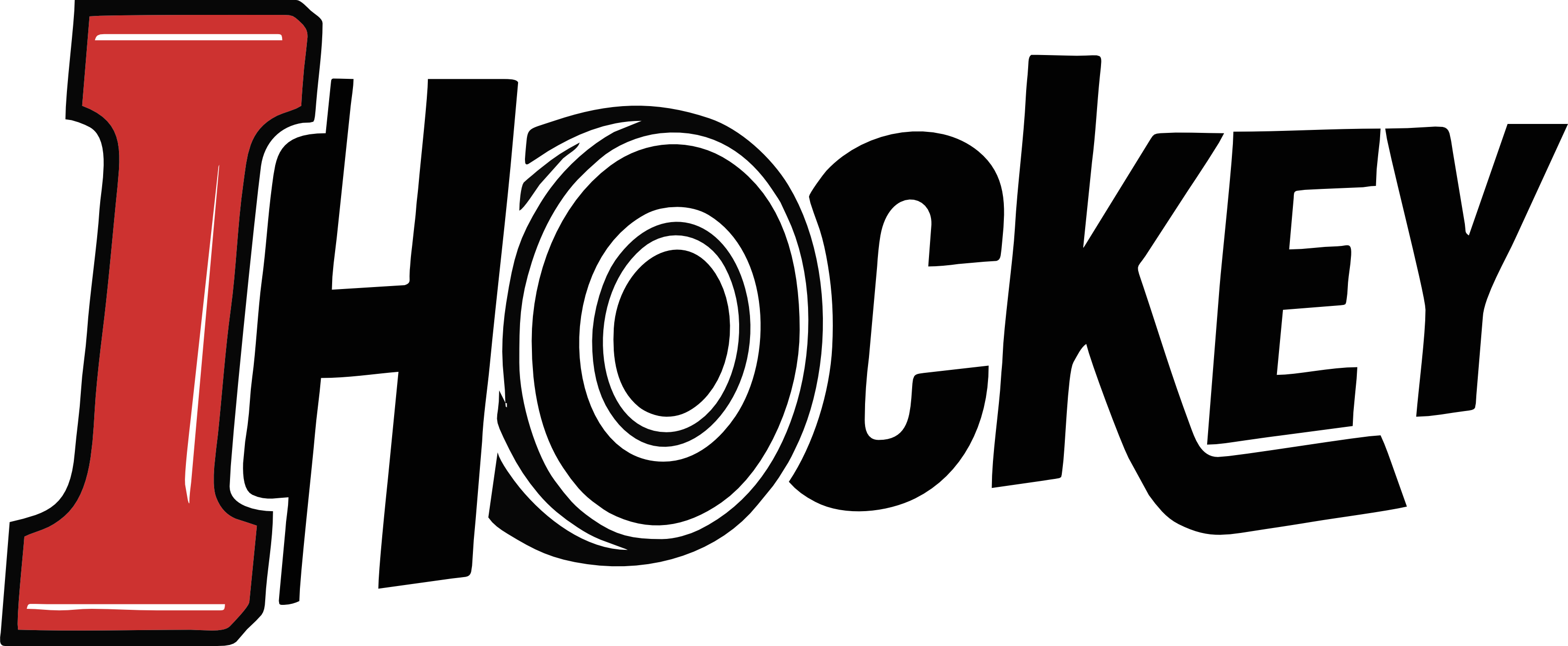Ice hockey, a fast-paced and exciting sport loved by millions around the globe, has a rich and storied history. But when it comes to pinpointing its exact origins and who invented ice hockey, things get a little more complicated. The sport evolved over time, influenced by various cultures and games, ultimately becoming the game we know and love today. In this article, we’ll dive into the history of ice hockey and explore the key figures and moments that helped shape it.
The Early Roots: Where Did Ice Hockey Begin?
The origins of ice hockey are often debated, with several countries claiming to have invented the sport. While the modern game is most closely associated with Canada, evidence suggests that ice hockey’s ancestors can be traced back to other parts of the world.
1. Ancient Ball and Stick Games
Ice hockey’s early roots likely come from various stick-and-ball games that were played in ancient civilizations. For example:
- The Dutch are said to have played a game on ice using a curved stick and a ball as early as the 16th century.
- The Mi’kmaq people, an indigenous group from Nova Scotia, played a stick-and-ball game on ice known as “ricket”.
Though these games were not ice hockey as we know it today, they laid the foundation for what would eventually become the sport.
2. British Influence: Field Hockey and Shinny
By the 19th century, British soldiers stationed in Canada were playing a form of shinny on frozen ponds and lakes. Shinny, a version of field hockey played on ice, became increasingly popular among soldiers. Combining this with elements of Scottish “shinty” and Irish “hurling,” the game quickly evolved to include skating.
As British and Irish immigrants settled in North America, their stick-and-ball games blended with the natural conditions of the cold Canadian winters. This resulted in the creation of a more structured form of ice hockey.
James Creighton: The Father of Ice Hockey
While the development of ice hockey was gradual, one key figure stands out in the creation of the modern game: James Creighton. Often referred to as the “Father of Ice Hockey,” Creighton was instrumental in organizing and formalizing the first indoor hockey game in 1875 in Montreal, Canada.
Creighton’s Contribution to Ice Hockey
James Creighton was a lawyer and engineer from Nova Scotia, and he brought his passion for the game to Montreal in the 1870s. He organized a group of players, many of whom were students from McGill University, to play the first recorded indoor ice hockey game at the Victoria Skating Rink in Montreal.
This game is widely regarded as the birth of modern ice hockey, as it featured many of the fundamental rules that are still used in today’s game, including:
- The use of a flat, wooden puck instead of a ball.
- Teams of nine players per side (this would later be reduced to six).
- A standardized playing surface, roughly the size of today’s rinks.
Creighton’s organization of this game, along with the rules he helped establish, laid the groundwork for the formalization of the sport, earning him recognition as one of the most important figures in hockey history.
The Rise of Ice Hockey in Canada
After the first indoor game in 1875, ice hockey began to spread rapidly throughout Canada. Universities, amateur clubs, and local teams quickly adopted the sport. In 1886, the Amateur Hockey Association of Canada (AHAC) was formed, becoming the first organized hockey league.
Ice hockey soon became a Canadian national pastime. By 1893, the sport had grown so much that the Governor-General of Canada, Lord Stanley of Preston, donated the first-ever championship trophy, which would later become known as the Stanley Cup—still one of the most prestigious trophies in all of sports today.
The Spread of Ice Hockey Beyond Canada
Although ice hockey is often considered a Canadian creation, the sport didn’t stay confined to Canada for long. By the early 1900s, hockey was spreading to the United States and Europe. The first American ice hockey game took place in 1893, with teams forming across northeastern states.
By 1920, ice hockey made its Olympic debut at the Antwerp Games, further cementing its place on the global stage. Teams from Canada, the United States, and Europe competed for hockey supremacy, and the sport’s popularity surged internationally.
Key Figures in Ice Hockey’s Development
Besides James Creighton, several other figures played important roles in ice hockey’s growth and development:
- Lord Stanley of Preston: The British Governor-General of Canada who donated the Stanley Cup in 1893, solidifying competitive ice hockey at a national level.
- Frank Calder: The first president of the National Hockey League (NHL), who helped expand professional hockey in North America.
- Maurice Richard: A Canadian ice hockey player who became one of the first true superstars of the sport, inspiring countless young players.
Conclusion: A Sport That Evolved Over Time
While it’s difficult to credit one single person with the invention of ice hockey, we can safely say that James Creighton’s efforts in Montreal, combined with the many influences from ancient stick-and-ball games and British shinny, created the sport as we know it today.
Canada may be credited with formalizing the game, but ice hockey’s true origins are global, with influences from Europe, indigenous cultures, and more. Today, the sport is played and loved by millions around the world, and its rich history only adds to its enduring legacy.
As the sport continues to evolve, one thing remains certain—ice hockey is here to stay, thanks to the early pioneers who helped shape it into the thrilling, fast-paced game we enjoy today.
Who Invented Ice Hockey? Tracing the Origins of the Coolest Sport
Ice hockey, a fast-paced and exciting sport loved by millions around the globe, has a rich and storied history. But when it comes to pinpointing its exact origins and who invented ice hockey, things get a little more complicated. The sport evolved over time, influenced by various cultures and games, ultimately becoming the game we know and love today. In this article, we’ll dive into the history of ice hockey and explore the key figures and moments that helped shape it.
The Early Roots: Where Did Ice Hockey Begin?
The origins of ice hockey are often debated, with several countries claiming to have invented the sport. While the modern game is most closely associated with Canada, evidence suggests that ice hockey’s ancestors can be traced back to other parts of the world.
1. Ancient Ball and Stick Games
Ice hockey’s early roots likely come from various stick-and-ball games that were played in ancient civilizations. For example:
- The Dutch are said to have played a game on ice using a curved stick and a ball as early as the 16th century.
- The Mi’kmaq people, an indigenous group from Nova Scotia, played a stick-and-ball game on ice known as “ricket”.
Though these games were not ice hockey as we know it today, they laid the foundation for what would eventually become the sport.
2. British Influence: Field Hockey and Shinny
By the 19th century, British soldiers stationed in Canada were playing a form of shinny on frozen ponds and lakes. Shinny, a version of field hockey played on ice, became increasingly popular among soldiers. Combining this with elements of Scottish “shinty” and Irish “hurling,” the game quickly evolved to include skating.
As British and Irish immigrants settled in North America, their stick-and-ball games blended with the natural conditions of the cold Canadian winters. This resulted in the creation of a more structured form of ice hockey.
James Creighton: The Father of Ice Hockey
While the development of ice hockey was gradual, one key figure stands out in the creation of the modern game: James Creighton. Often referred to as the “Father of Ice Hockey,” Creighton was instrumental in organizing and formalizing the first indoor hockey game in 1875 in Montreal, Canada.
Creighton’s Contribution to Ice Hockey
James Creighton was a lawyer and engineer from Nova Scotia, and he brought his passion for the game to Montreal in the 1870s. He organized a group of players, many of whom were students from McGill University, to play the first recorded indoor ice hockey game at the Victoria Skating Rink in Montreal.
This game is widely regarded as the birth of modern ice hockey, as it featured many of the fundamental rules that are still used in today’s game, including:
- The use of a flat, wooden puck instead of a ball.
- Teams of nine players per side (this would later be reduced to six).
- A standardized playing surface, roughly the size of today’s rinks.
Creighton’s organization of this game, along with the rules he helped establish, laid the groundwork for the formalization of the sport, earning him recognition as one of the most important figures in hockey history.
The Rise of Ice Hockey in Canada
After the first indoor game in 1875, ice hockey began to spread rapidly throughout Canada. Universities, amateur clubs, and local teams quickly adopted the sport. In 1886, the Amateur Hockey Association of Canada (AHAC) was formed, becoming the first organized hockey league.
Ice hockey soon became a Canadian national pastime. By 1893, the sport had grown so much that the Governor-General of Canada, Lord Stanley of Preston, donated the first-ever championship trophy, which would later become known as the Stanley Cup—still one of the most prestigious trophies in all of sports today.
The Spread of Ice Hockey Beyond Canada
Although ice hockey is often considered a Canadian creation, the sport didn’t stay confined to Canada for long. By the early 1900s, hockey was spreading to the United States and Europe. The first American ice hockey game took place in 1893, with teams forming across northeastern states.
By 1920, ice hockey made its Olympic debut at the Antwerp Games, further cementing its place on the global stage. Teams from Canada, the United States, and Europe competed for hockey supremacy, and the sport’s popularity surged internationally.
Key Figures in Ice Hockey’s Development
Besides James Creighton, several other figures played important roles in ice hockey’s growth and development:
- Lord Stanley of Preston: The British Governor-General of Canada who donated the Stanley Cup in 1893, solidifying competitive ice hockey at a national level.
- Frank Calder: The first president of the National Hockey League (NHL), who helped expand professional hockey in North America.
- Maurice Richard: A Canadian ice hockey player who became one of the first true superstars of the sport, inspiring countless young players.
Conclusion: A Sport That Evolved Over Time
While it’s difficult to credit one single person with the invention of ice hockey, we can safely say that James Creighton’s efforts in Montreal, combined with the many influences from ancient stick-and-ball games and British shinny, created the sport as we know it today.
Canada may be credited with formalizing the game, but ice hockey’s true origins are global, with influences from Europe, indigenous cultures, and more. Today, the sport is played and loved by millions around the world, and its rich history only adds to its enduring legacy.
As the sport continues to evolve, one thing remains certain—ice hockey is here to stay, thanks to the early pioneers who helped shape it into the thrilling, fast-paced game we enjoy today.

